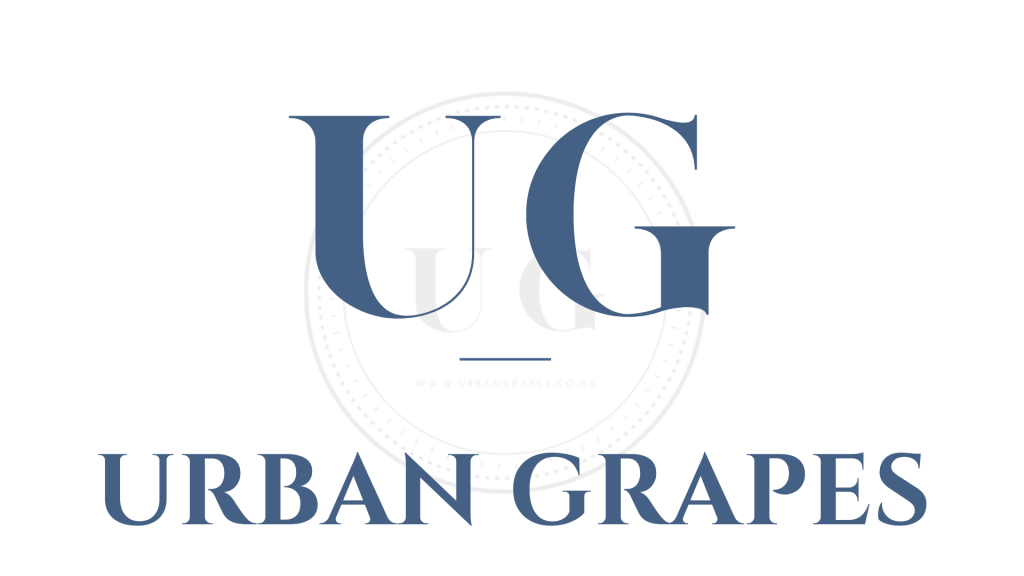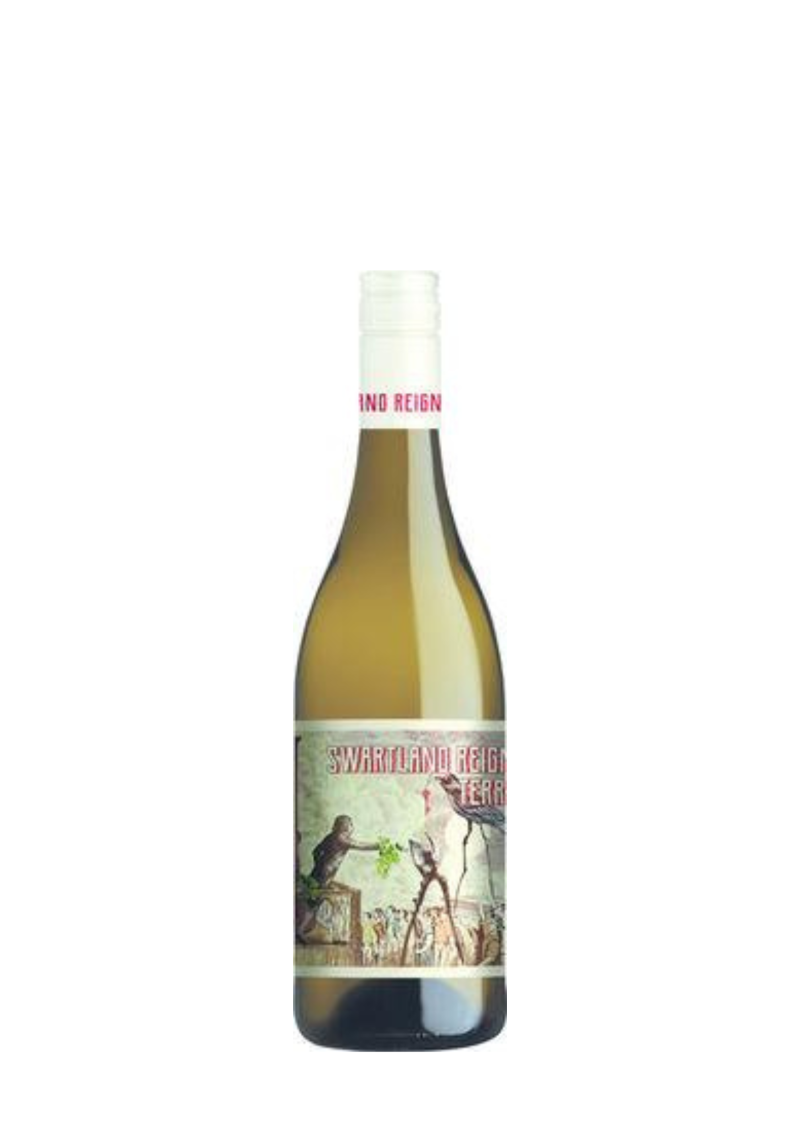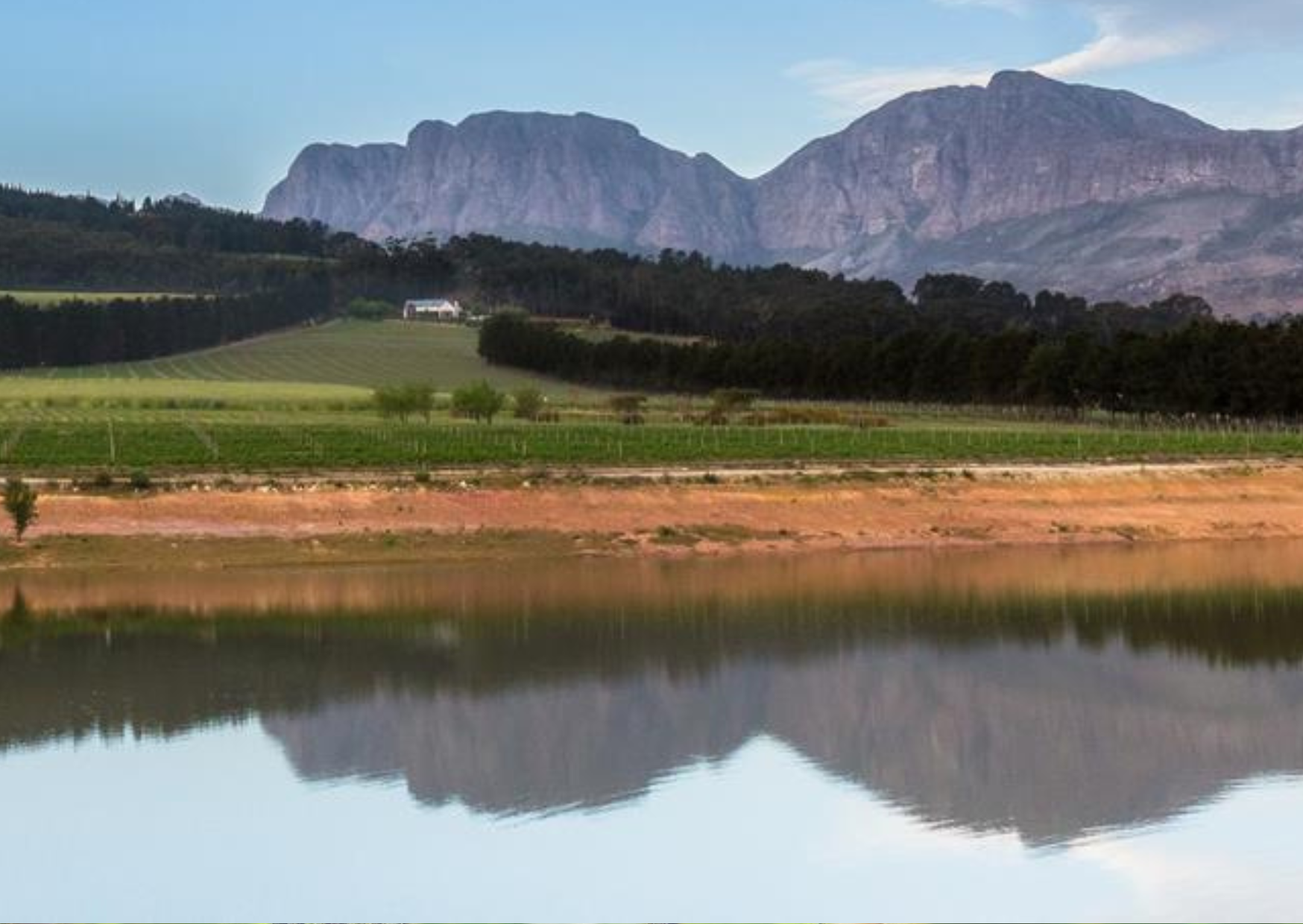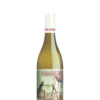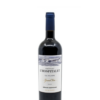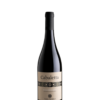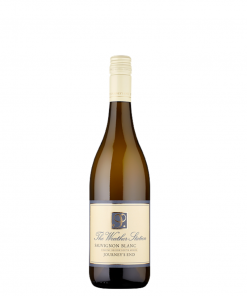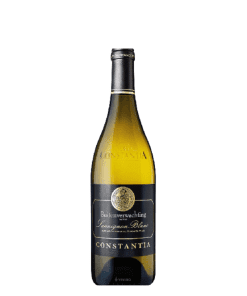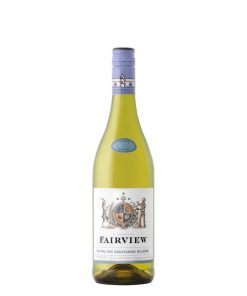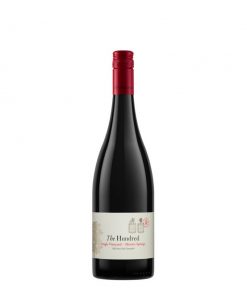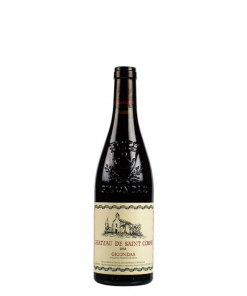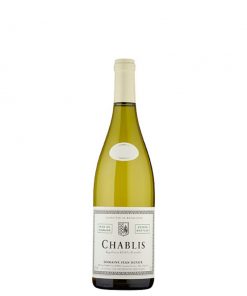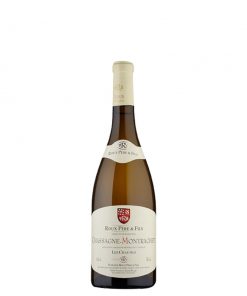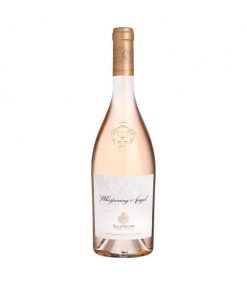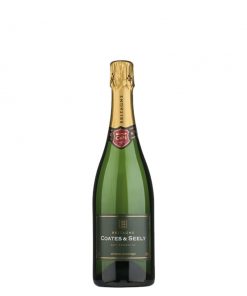
Urban Grapes rated 5* at Google Customer Reviews
Order with confidence eveytime
Reign of Terroir Chenin Blanc Swartland, South Africa
£10.80
Reign of Terroir Chenin Blanc Swartland, South Africa
TASTING NOTES
This Chenin Blanc wine has tropical guava flavours coalesced with passion fruit & underlying vanilla flavours. It has a fresh nose with lovely warm fruit aromatics. Full and rich on the palate, with a high acidity leaving a lovely creamy crisp finish. Balanced and superbly structured, the flavours are complimented by a delicate minerality and tropical fruit flavours. Excellent value
WHY YOU’LL LOVE THIS WINE
Reign of Terroir Chenin Blanc captures the soul of Swartland in every sip – expressive, generous and full of untamed character. Grown in dry-farmed vineyards on ancient granite soils, this Chenin Blanc is all about purity, richness and energy. With no frills and no fuss, it’s just beautifully made, fruit-forward Chenin with texture and verve. Whether you’re hosting friends or enjoying a quiet evening in, this is a reliably delicious South African white that punches well above its price tag.

*Fast & Safe Delivery | FREE when spending over £140
Extended Taste Notes
In the glass, this wine reveals a pale golden hue with bright clarity.
Aromas of ripe pear, yellow apple and white nectarine are joined by hints of chamomile and citrus blossom.
The palate is layered and smooth, showing notes of stone fruit, melon and baked apple, balanced by a streak of lime zest and a subtle mineral tension.
The mouthfeel is rounded yet vibrant, with a gentle creaminess and a dry, clean finish.
Grape Varieties
- 100% Chenin Blanc
ABV
- 12.5%
75cl
Vegan
| Country | South Africa |
|---|---|
| Grape | Chenin Blanc |
Producer
Journey’s End is right at the heart of Stellenbosch, with one of the cape’s most exciting terroirs. The philosophy in both the vineyards and cellar follows a minimum intervention approach
In the cellars, winemaker Leon Esterhuizen handles the grapes as little as possible, using pre-fermentation soaks to maximise fruit characters. His sensitive use of oak ensures that the fruit always shines through in the glass.
The family’s philosophy is one of minimal intervention, both in the vineyards and the cellar. 10ha of land on the estate has been set aside for a re-wilding project, and similar respect for the environment can be seen across the whole winery. Journey’s End are committed to using only natural pesticides, where possible forgoing these in favour of cover crops to distract pests away from vines and act as a natural fertiliser. Wildlife is abundant throughout the vineyards and farm and works to create a perfect ecosystem for winegrowing; from beehives that encourage pollination, to Egyptian runner ducks that eat insects, to Eagle owls that catch rodents.
But Journey’s End don’t stop there – they were the second winery in the whole of South Africa to become entirely solar powered. Alongside this, they have a deep-running focus on community; one of our Fairtrade producers, they undertake efforts from running soup kitchens and pensioners’ lunches, to building new school halls.
Founded in 1996 when the Gabb family took over the wine estate, Journey’s End is situated right in the heart of Stellenbosch – and, with one of the cape’s most exciting terroirs, has quickly become one of the region’s top wineries.
This Chenin Blanc is produced in its Swartland vineyard from bush vines planted in 1987 on sandy loam soils. Sustainably and partially dry farmed on what has traditionally been a harsh, arid climate. The family’s philosophy is one of minimal intervention, both in the vineyards and the cellar. Wildlife is abundant throughout the vineyards and farm and works to create a perfect ecosystem for winegrowing; from beehives that encourage pollination, to Egyptian runner ducks that eat insects.
Chenin Blanc has a rich history. It’s thought to have been established in the Anjou region of France as long ago as the 9th century and was probably known then as Chenere. The variety was renamed Chenin Blanc, after Mont Chenin, in the 15th century. Chenin Blanc has a long and interesting history in South Africa and is believed to be amongst the first vine cuttings that arrived here in 1655 during the time of Governor Jan van Riebeeck. Originally named Steen (Dutch for stone) after its minerality and durability to be grown in dry arid climates, it took the name Chenin for more commercial reasons in the 1970’s. Bush vine Chenin is predominantly grown in the Swartland, however, still to this day it makes up 19% of South Africa’s wine production – with parcels also used for Brandy!
Food Pairings
Reign of Terroir Chenin Blanc pairs beautifully with:
-
Chicken tagine with apricots and almonds
-
Grilled peach and goat’s cheese salad
-
Thai-style fishcakes with sweet chilli dip
-
Creamy lemon and herb pasta
-
Lightly spiced roast cauliflower or vegetable curry
Wine Region
The Swartland region, just north of Cape Town, has become one of the most dynamic wine regions in the Southern Hemisphere. Known for its old vines, granite-based soils and hot, dry summers, Swartland produces wines of great intensity and character.
It’s also a stronghold for low-intervention and sustainable viticulture, where Chenin Blanc thrives. Once overlooked, this rugged region now leads the charge for quality-driven, terroir-expressive South African wines.
Frequently Asked Questions
’s a dry style with ripe fruit and a refreshing, clean finish.
Does this wine use oak?
No, this is an unoaked Chenin Blanc made to showcase fruit purity and texture.
Can I age this wine?
It’s best enjoyed young for its fresh fruit and vibrancy, but can hold well for 1–2 years.
Is this wine suitable for vegans?
Yes, it is vegan-friendly.
What temperature should I serve it at?
Serve well chilled, around 8–10°C, for maximum freshness.
You may also like…
£11.80
UG Pick
£27.00
£64.00
£19.95
£38.00
